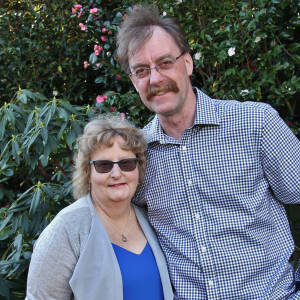Meeting of Rivers
Gisborne is sometimes known as the City of Rivers. The centre of the city is formed round the convergence of three different rivers, the Taruheru River (left), the Waimata River (right), joining the Turanganui River out to the Pacific Ocean. The Turanganui River is a heritage landscape and is sometimes referred to as the shortest river in the Southern Hemisphere being 1200m long.
It was in 1831 when Pakeha settled along the western bank (left) of the rivers and large fortified villages, or Maori pa, were built on the eastern bank (right) protecting houses, cooking sheds and storage pits for root crops like taro, kumera (sweet potato), gourds and yams. Trading posts and whaling stations were situated along the western bank of the river and a punt was used to get from side to side. The river was not this beautiful green colour of today but blood red from the slaughter of whales, the site was a mess of oil-soaked ground and blubber remains, with the stench from the works permeating the air which the natives found unacceptable. Eventually the whaling stations were moved further out to the river mouth which was more accessible and were no longer operating by the 1850s. It was on this river that John William Harris built a house and store in wood. These structures were the first to be erected in wood in Poverty Bay. His arrival was the beginning of the transformation of the Turanganui from River to Port.
Continuing from yesterday......
After being away for three months John William Harris came back from Sydney, he was not looking forward to meeting Tukura on his return. He feared her as she had huge mana (power or authority) among her people, will she forgive him - it was a clash of cultures, of values. He was devastated to find she had passed away, he had lost the chance to make amends, and blamed himself for her loss. These are his words:
'If only she hadn't been so angry with me, maybe she wouldn't have sickened and died. If only I had not been so ambitious for the children by insisting on a good education. If only I could have been satisfied with the store, forgotten my grandiose ideas about whaling stations, sheep and cattle stations, and been content with what I had. It had been a decent living. If only I had not worked so hard, been away from home too long, unable to be there to provide the love she needed, the children needed. If only the Maori hadn't this fatalistic attitude to death, treating it as punishment from the gods for some infringement of natural laws. Tukura would have believed that this sickness was clearly her just punishment, the will of the gods; even the missionaries' teaching tended to look upon illness as divine retribution, and for once, Maori and Pakeha beliefs coincided. I wish I could undo all wrong.'
At the age of 62 John felt like an old man and passed away in 1872. Edward and Henry were considered 'misfits' being from a mixed race. Edward became an interpreter working in the courts translating between Pakeha and Maori and recorded Tukura's ancestry along with the rest of her Ngati Oneone tribe, all is preserved today. Henry worked on the land like his father. Both boys married and had families.
This is the last image of my Gisborne trip, my findings of some of my ancestry. It's been emotional but I've enjoyed recording and sharing with you - I'm back to Whakatane tomorrow for a few days before returning home.

Comments
Sign in or get an account to comment.


